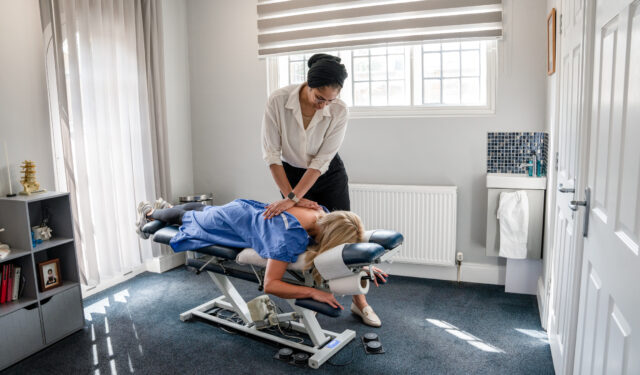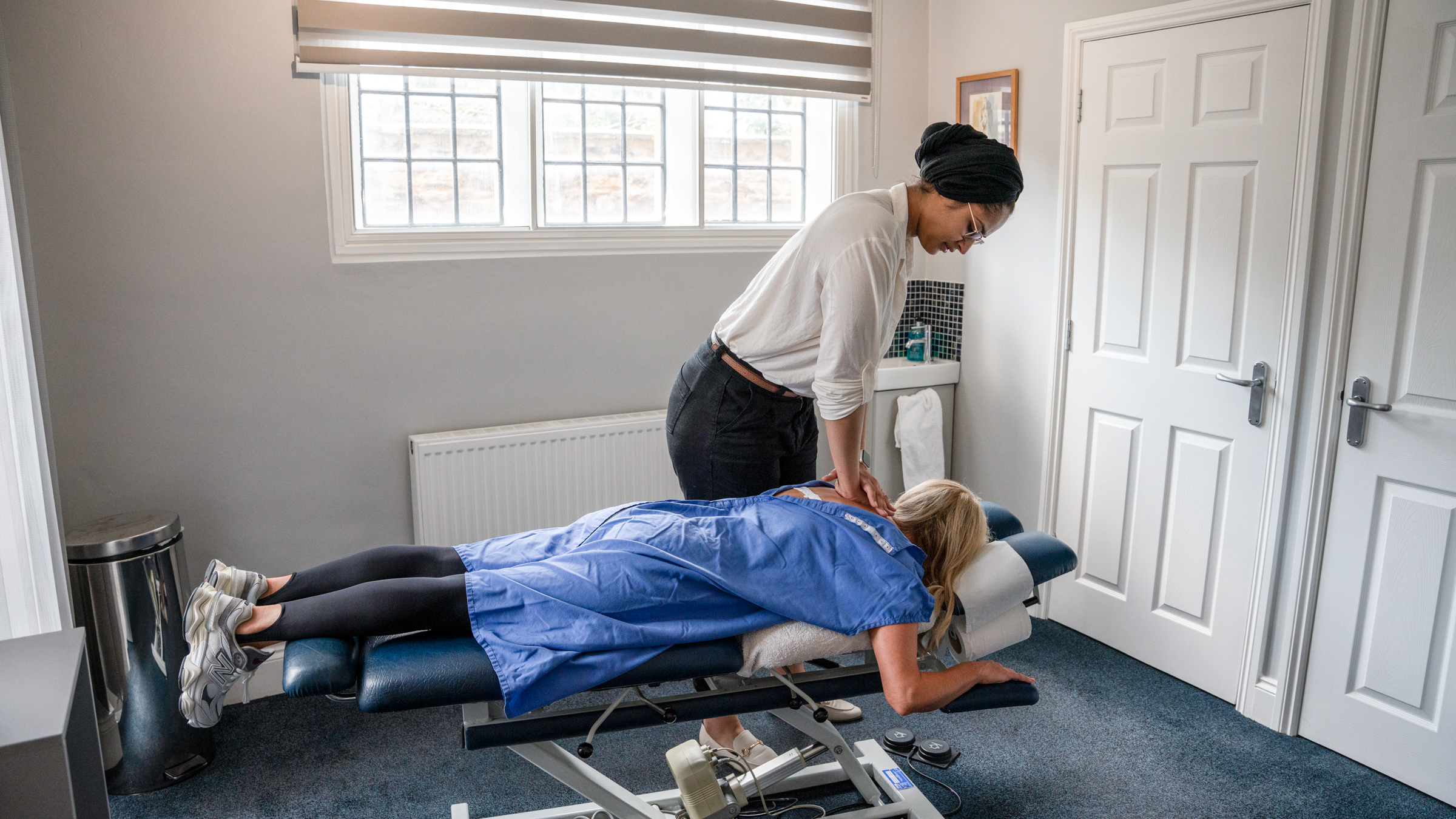Why Stretching Matters
Most people benefit from stretching the soft tissues — muscles, ligaments, and tendons — in the hips, legs, and buttocks. These areas support the spine, which is made up of 24 moving segments (vertebrae). Each vertebra can rotate only 2–5 degrees, so overdoing spinal movement can lead to injury.
The spine needs movement, but it needs safe, controlled movement. General mobility exercises often overstress the flexible parts while the stiff segments remain inactive. This imbalance can cause more harm than good.
There’s no strong evidence that increasing general spinal movement reduces back or neck pain. In fact, general twisting or hyperextension exercises can worsen back issues if not done properly.
Chiropractic manipulation, on the other hand, targets specific vertebrae without overloading unstable areas. This precision is key for treating spinal pain safely.
If exercises like the McKenzie method are making your pain worse, stop immediately and seek professional advice.
Starting a Stretching Routine
Keep these guidelines in mind:
Wear loose, comfortable clothing.
Avoid pain — never force your body into a stretch.
Move into the stretch slowly and gently.
Stretch on a clean, flat surface with enough space.
Hold each stretch for 20–30 seconds and repeat 5–10 times.
If a muscle keeps tightening up and needs constant stretching, there’s likely an underlying issue that should be assessed.
Neck and Shoulder Stretches
If you already have neck or lower back pain, check with a chiropractor before starting these stretches.
1. Flexion Stretch (Chin to Chest):
While sitting or standing, gently tilt your head forward and bring your chin to your chest until you feel a stretch in the back of your neck.
2. Lateral Flexion (Ear to Shoulder):
Gently tilt your head sideways as if to touch your ear to your shoulder. You should feel the stretch along the side of your neck and top of your shoulder. Repeat on the other side.
Back Stretching Exercises
Many people feel stiffness in the back, especially in the morning. These stretches can help restore flexibility and relieve tension.
1. Back Flexion Stretch:
Lie on your back. Pull both knees toward your chest while bringing your head forward into a curled-up position.
2. Knee-to-Chest Stretch:
While lying on your back with bent knees, pull one knee toward your chest and hold. Switch sides.
Hip and Glute Stretches
These areas support your lower back. Keeping them flexible can reduce strain on the spine.
1. Hip Stretch:
Stand with feet shoulder-width apart. Take a half-step back with your right foot, bend the left knee, and shift your weight onto your right hip. Keep the right leg straight and reach down toward it until you feel a stretch on the outside of the hip.
2. Piriformis Stretch:
Lie on your back and cross one leg over the other. Gently pull the opposite knee toward your chest until you feel a stretch in your buttocks.
Need Help?
If you’d like more information about pain relief or how stretching fits into a chiropractic care plan, contact us here or call our clinic to speak with a chiropractor.




